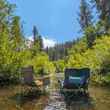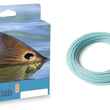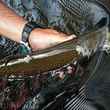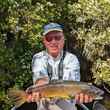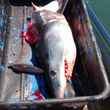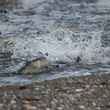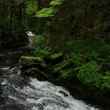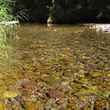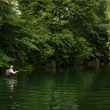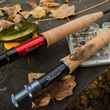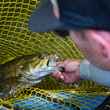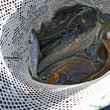I've been thinking a lot, or a least a lot more than I used to, about one of the more personal elements of a fly fisherman's existence. Maybe it's all the traveling I do, from Yellowstone up to the Canadian border, then to the east side of Montana, then back to Yellowstone country, then to New York to see my family, or to Atlanta, or Denver, or San Francisco, or any of the dozens of places that my profession seems to send me to on a regular basis. I've become, in my middle age, the wandering fisherman. Still, all this movement has helped me focus in on something that most people take for granted - the idea of home water.
A few years ago it was all the rage, especially in some of the fly fishing publications, for writers to talk about the concept of fishing as religion. It sounded good, with the constant references to personal enlightenment, ecstasy, higher planes and all that sort of stuff, but to be honest I never bought into it. Fishing, no matter how good it is, is just fishing. It's not orgasmic or mystical or cosmic. And when you think about it, the idea of achieving enlightenment through fooling some poor creature into eating something it shouldn't is just plain silly. If that's all it took, the people who own McDonald's and Burger King would be Dali Lamas.
What is true, though, is that if we're lucky enough, we can fish in awe inspiring places. I believe it was John Muir who said, "If I'm going to worship God, let it be in a temple he built with his own hands." Some of the finest temples I've ever seen have been rivers or lakes or streams, and while they were occasionally so far back in the woods that nobody fished them regularly, in most cases they were somebody's home water.

